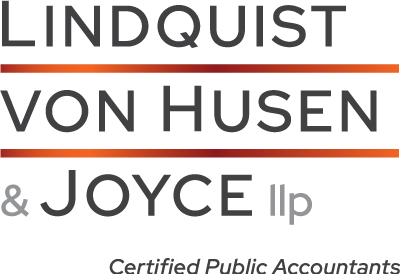
There are many ways that not-for-profit organizations can finance their mission. Some of the following vehicles are very common:
- SBA loans and grants
- Nonprofit loan funds and grants
- Community development financing
- Bank or credit union loans and lines of credit
- Donor development and crowdfunding
Donations and grants are the first line of defense in an environment of rising interest rates and inflation. However, grants are limited. Likewise, donations can erode in value and frequency as inflation becomes a bigger problem among households and corporations. Loans and lines of credit are supplemental vehicles for cash flow and other needs.
Obtaining a loan or line of credit carries risk but is helpful in times of inflation. Here are tips to manage your not-for-profit cash flow and debt.
First, timing is important. Organizations with a healthy balance sheet typically receive more favorable terms and a lower interest rate compared to organizations that are starting to struggle financially. Secondly, you need to decide which lending vehicle is best for your needs.
Loan or Line? What’s the difference?
A line of credit is typically reserved for short-term needs such as paying larger bills on time. Like a credit card, bank lines carry a higher interest rate than a loan and they should be repaid as soon as possible. As a source of short-term or emergency funding, lines are flexible because they can be drawn upon whenever or however needed up to the pre-approved amount.
Building a trusted relationship with your chosen lender or credit union can support maintaining and renewing your line of credit for short-term cash flow needs. It’s a good idea to request a line of credit from the same institution where you hold your organization’s checking and savings accounts.
By contrast, a loan can provide cash over a longer period of time for designated needs. Try to identify a specific need for the loan because this can support underwriting approval by the bank. Reasons may include:
- Working capital to launch a new venture or fill gaps between reimbursements
- Borrowing for a specific capital purchase or renovation
- A timely opportunity to launch, maintain or expand vital programming
Some organizations also seek loans for existing debt consolidation if they anticipate higher interest rates down the road. This is also an acceptable option to manage future cash flow and streamline debt repayment.
How to Plan for a Nonprofit Loan
As you anticipate rising operating costs, it is okay to protect cash reserves through loans and lines of credit. Be prepared to share accurate and timely financial statements and to answer questions about plans for repayment, possible collateral and the use of funds in accordance with the organizational mission and by-laws.
Don’t wait until there is a persistent financial deficit or accumulating losses, as this makes it much harder to discuss cash flow projections and repayment terms with a lender. If you have any questions about the right lending vehicles and borrowing terms for your organization, talk to our team about not-for-profit strategic planning.
Read: Three Tips to Help Your Board Members Succeed








